× 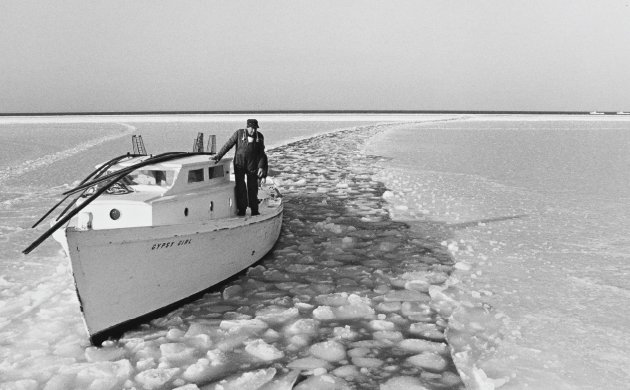
Robert de Gast rode the state icebreaker with Tilghman waterman Ben Gowe gingerly following in his deadrise workboat Gypsy Girl back into Knapps Narrows. Photograph by Robert de Gast, 1970, collection of the Chesapeake Bay Maritime Museum.
×
Photography and all information courtesy Chesapeake Bay Maritime Museum
This month, the Chesapeake Bay Maritime Museum in St. Michaels opened the very first exhibition to showcase the black-and-white Chesapeake-focused photography of Robert de Gast.
brbrThis major exhibition, Robert de Gast’s Chesapeake, runs May 12th through April 2018, and features 80 photographs curated from the more than 10,000 by de Gast in CBMM’s collection.
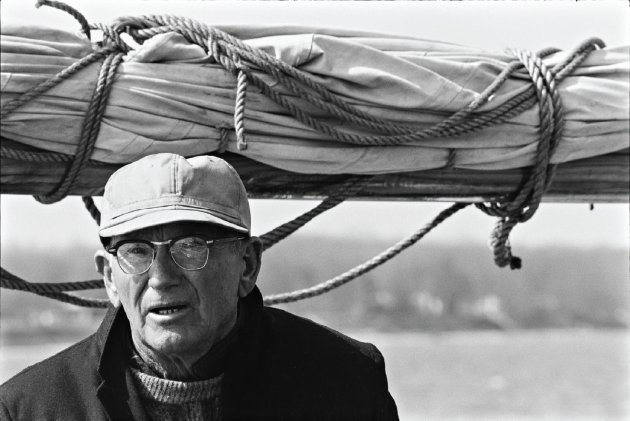
De Gast’s black-and-white photography gained widespread attention with the publication of his book, The Oystermen of the Chesapeake, in 1970. Local author and writer for The Baltimore Sun Tom Horton wrote that de Gast “produced a work of genius, one of the finest books on the bay ever done. His black-and-white photographs captured the elemental nature of watermen and their work better than color ever could.”
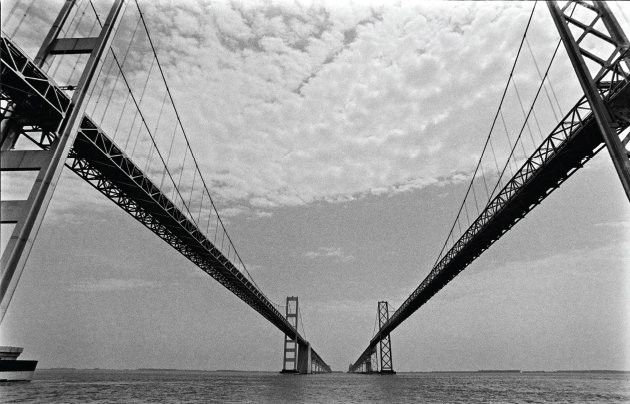
Born in Holland, de Gast (1936–2016) immigrated to the United States with his family after World War II. He volunteered for the U.S. Army, which sent him to photography school. First stationed in Washington, D.C., de Gast ultimately settled in Annapolis, where he briefly worked with American photographer Marion E. Warren before leaving to work as an independent photojournalist and commercial photographer. His work was published in Skipper, Popular Boating, US Naval Institute Proceedings, Sail, The Rudder, Chesapeake Bay Magazine, and Smithsonian from the 1960s to the 1980s. After The Oystermen, de Gast went on to publish The Lighthouses of Chesapeake Bay (1973) and a journal of a cruise, Western Wind, Eastern Shore: A Sailing Cruise around the Eastern Shore of Maryland, Delaware, and Virginia (1975).

The works in the exhibition are principally drawn from these three books and his assignment photography for various periodicals. Although he never completed high school, de Gast showed a gift for writing that is reflected in his books’ essays as well as in later books of photography and prose.
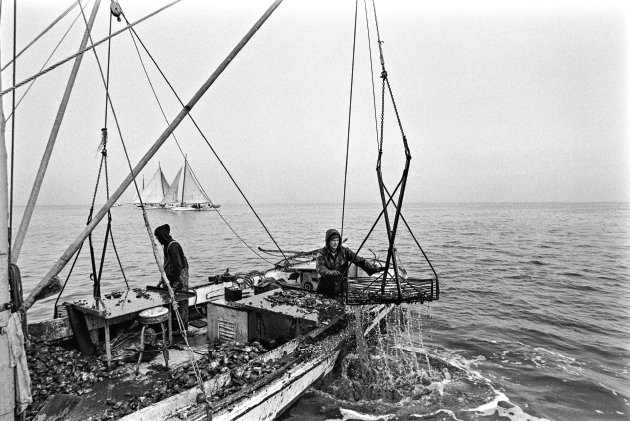
Robert de Gast’s Chesapeake will include 80 matted and framed exhibition prints, shown in a manner that enhances the stark aesthetic, artistic perspective, and intimate familiarity of his work. While it is on show, CBMM is planning a wide range of accompanying programming, including a speaker’s series.
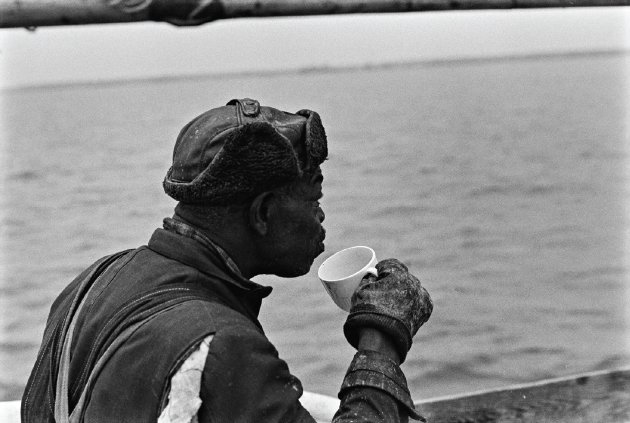
“I’m very excited for these exquisite photographs to emerge from CBMM’s collection for all to enjoy,” comments CBMM President Kristen Greenaway. “Robert de Gast’s work is exceptional in capturing the Chesapeake’s stories and quintessentially Eastern Shore sense of place through his keen eye and captivating photographic style.

“Last August my son and I—along with a dear friend—traced de Gast’s journey on our own small boat adventure, an incredible opportunity and captivating way of experiencing and exploring the Chesapeake Bay. De Gast’s photographs and text take you on this journey and beyond, and will bring the timeless beauty of the Chesapeake to St. Michaels and CBMM for all to enjoy.”
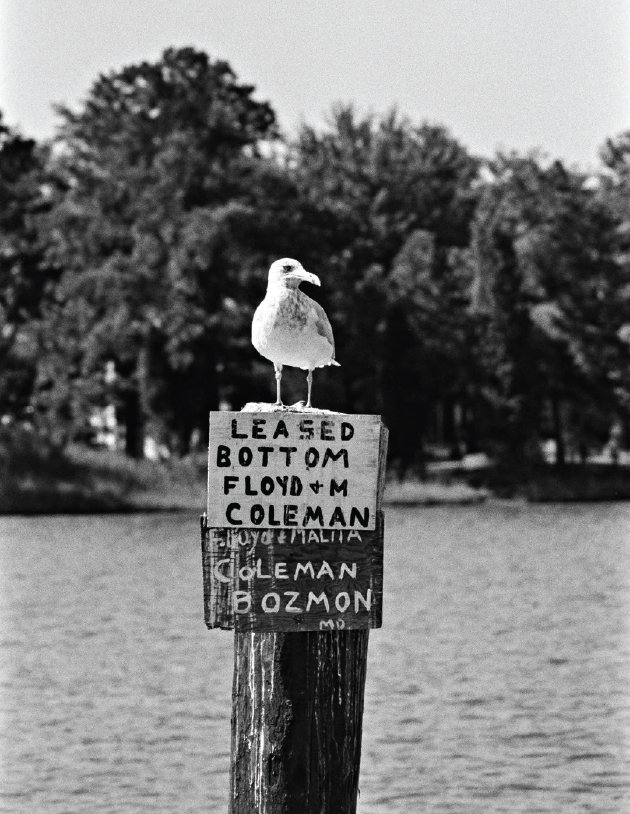
A limited-edition exhibition catalogue—which will be available for purchase in the Museum Store after the exhibition opens—includes images from the exhibition, complemented by essays from journalist Randall Peffer, editor Robert Brugger, Chesapeake photographer David Harp, and CBMM’s chief curator Pete Lesher, who curated the exhibition and collected recorded interviews with the artist toward the end of de Gast’s life.
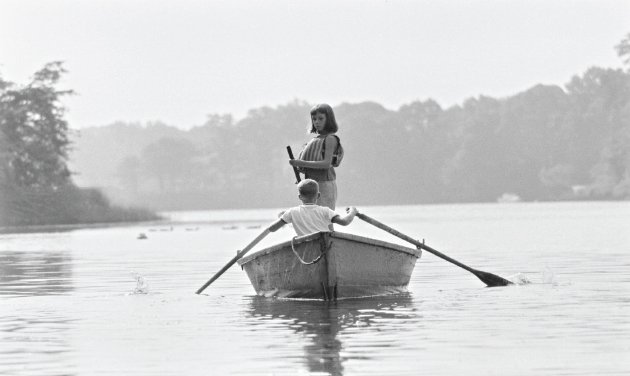
This month, the Chesapeake Bay Maritime Museum in St. Michaels opened the very first exhibition to showcase the black-and-white Chesapeake-focused photography of Robert de Gast.
brbrThis major exhibition, Robert de Gast’s Chesapeake, runs May 12th through April 2018, and features 80 photographs curated from the more than 10,000 by de Gast in CBMM’s collection.
“Orville Parks, [master of] the best known boat, the Rosie Parks, … owns one-third of Cambridge, it is said. Nobody has ever grown rich from oystering, but a few people have invested the money they made during good years; Captain Parks is one of the few. Yet today he is still a fulltime waterman and goes drudging every day during the season.”— Robert de Gast. Photograph by Robert de Gast, 1969, collection of the Chesapeake Bay Maritime Museum.
De Gast’s black-and-white photography gained widespread attention with the publication of his book, The Oystermen of the Chesapeake, in 1970. Local author and writer for The Baltimore Sun Tom Horton wrote that de Gast “produced a work of genius, one of the finest books on the bay ever done. His black-and-white photographs captured the elemental nature of watermen and their work better than color ever could.”
Robert de Gast captured the dramatic architecture of the Chesapeake Bay Bridge on the final leg of his solo circumnavigation of the Eastern Shore of Maryland, Delaware, and Virginia in 1974. Photograph by Robert de Gast, collection of the Chesapeake Bay Maritime Museum
Thomas Point Lighthouse, marking the shoals by the mouth of the South River, was still manned by the Coast Guard when Robert de Gast photographed it in 1973. Photograph by Robert de Gast, collection of the Chesapeake Bay Maritime Museum.
Robert de Gast described the methods of oystering. “Patent tongs allow the oysterman to work in deeper waters, since he need not depend on the length of his shafttongs to be able to reach the oysters. The patent rig is … raised and lowered with the help of a rope or cable. When the contraption hits the bottom … the jaws close and scoop up a number of oysters. After the tongs come out of the water, the oysterman reaches for the jaws, and opens them over his culling board.” Photograph by Robert de Gast, 1970, collection of the Chesapeake Bay Maritime Museum.
Robert de Gast collected the words of oystermen he observed and paired them with his photographs, using in this case, “I ain’t gonna let my son go drudgin’, but I can’t do nothin’ else myself.” Photograph by Robert de Gast, 1970, collection of the Chesapeake Bay Maritime Museum.
Tin cans cover the engine exhaust pipe to keep moisture out when the boat is not in use. Photographer Robert de Gast honed in on these details when following the oystermen of the Chesapeake during the 1969-70 season. Photograph by Robert de Gast, collection of the Chesapeake Bay Maritime Museum
A simple hand-painted sign was all that was required to mark a privately leased oyster bed, as documented by Robert de Gast during the 1969-70 oyster season. Photograph by Robert de Gast, collection of the Chesapeake Bay Maritime Museum
This image of his neighbors’ children playing on Mill Creek became a favorite of Robert de Gast, and he used it on his business card. The photographer recalled, “I had children of my own, and I was very often reporting on their activities, oftentimes involving the water, so I was always drawn to children in boats.” Photograph by Robert de Gast, 1959, collection of the Chesapeake Bay Maritime Museum.